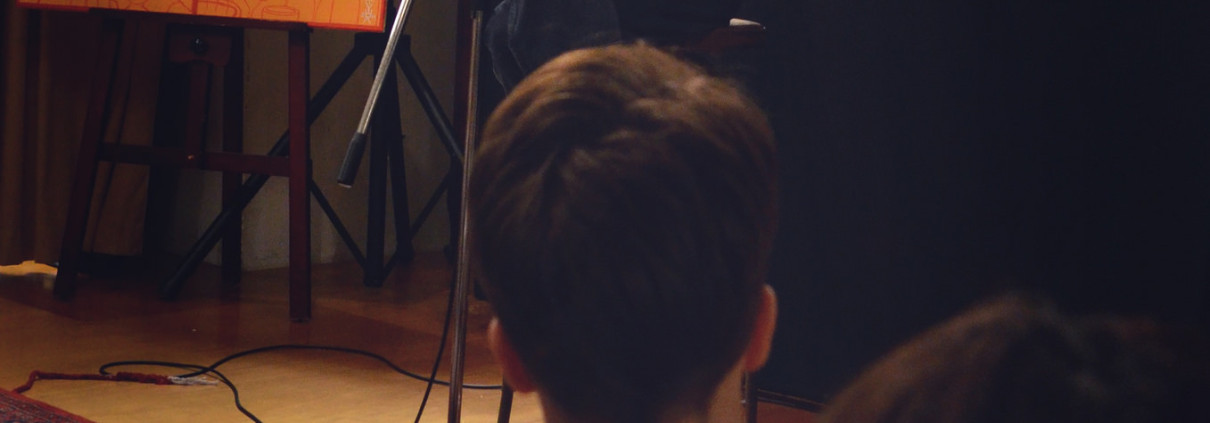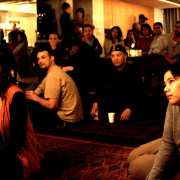max power, august 2015
When I was a teenager, writing started like having some spiny, lionfish-looking thing stuck in my throat that needed to be expelled. At the time it was mostly frenetic noise, but before I knew what was going on I had a little readership. These days I think there are better things to write about (although some days I’m still hazy on what constitutes ‘better’).
Therein lies my personal thorn — the hardest part of my own practice has been sustaining a sense of purpose, followed closely by remembering to sit myself down and put in the time. I make an idea of what should be there, and I write (or paint, because it’s this way across arts) without thinking about it too much. In my experience, it produces more living results. If I’m sitting there actively trying to make decisions instead of flowing, the results will be more like a bird’s nest than a tapestry.
In bringing a long project to conclusion, one is gifted to remember that it will change over the course of its creation. This must be so with any thing in human affairs. Forgetting this will make things stale and stagnant. This is why people say, “Kill your darlings.”
‘Kill your darlings’ is just one part of being able to get beyond our ‘self’, which is necessary to create works to which others can relate. Our works have to have relevance, like teeth for the gears of narrative. If nobody can relate to it — as a boy, a girl, a teenager, a parent, whatever — nobody’s reading it.
Writing down notes on thoughts, sparks or fragments of anything throughout the day in a journal, and maintaining it with any regularity whatsoever, is just about sure to produce seeds. In art school, one learns to do at least ten thumbnails (one-inch sketches) before starting any project. Deliberately making lots of versions of an idea makes picking a path much more leisurely.
In beginning, often the hardest part is simply starting. We’re so used to hearing it that it sounds drowned, but there really isn’t a wrong place to begin. It’s effective to keep a major defining idea for major projects, and use it as a yardstick while one works along. When it becomes
necessary to trim down, this is where the thesis of the work can be used as a yardstick.
Every writer is going to have some thing that causes them to halt — beginning, editing, cutting, finalizing — and so every writer is going to have to make their approach for getting around their particular creative vice. Technique is infinite, and any style can produce admirable results. It’s very easy to say “don’t do this,” or “don’t do that,” but sooner or later each of us will run into someone who does the opposite of what we do, who can rock us out of our chair.
Pretty much all of us have the time to be a writer, but feel that we lack some other piece of the puzzle. Whatever challenge one is dealing with now in one’s artistic progression, there will always be another, because the rabbit hole of craft is deep, spiraling and without end. ‘Perfection’ is never going to make itself clear.
The most useful and practical advice I ever got about writing was to write 1000 words a day (and it’s the same for drawing or any other discipline, if you can break it down into a number that’s just uncomfortable enough to be correct). Any other advice may be useful, but even the best advice is still just talk. Results come from time spent.
Max Power is a Taipei local artist who writes and illustrates bittersweet dreamland fairy tales and histories of far-off worlds. his illustrations can be seen at facebook.com/seenerie .
(c) Copyright 2015 Red Room. Material on this site is the property of contributing members of the Red Room Community. Please do not copy any part of this publication. Thank you.











Leave a Reply
Want to join the discussion?Feel free to contribute!